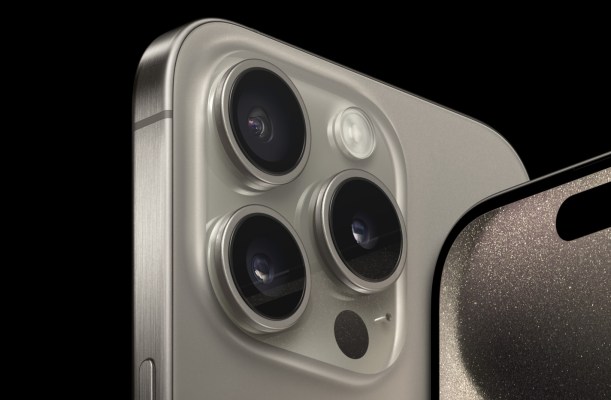Apple’s iPhone 15 and 15 Pro lineup debuted on Tuesday, and both feature big improvements to the camera systems they boast. Apple has been putting a lot of focus on photography for the past few iterations of its main moneymakers, likely because changes in other aspects of the devices are relatively modest year-over-year.
The cameras on both the iPhone 15 and the higher-end 15 Pro line both got better this year, as expected, but Apple also introduced new features and options that highlight another trend which I’d anticipate all camera makers lean into even more in the future: photographic character.
There aren’t any flagship smartphones from major manufacturers that take bad photos anymore, and even among mid-range phones, high-quality cameras are increasingly becoming a given. Differentiation, then, lies in lateral moves and creativity — and more than ever, in making sure users can create a look that’s at least somewhat unique to them.
New to this year’s iPhone lineup is the ability to set a default focal length for the main camera on the 15 Pro, choosing from between 24mm, 28mm and 35mm equivalents. Photographers will recognize those as the most commonly preferred focal lengths for fixed lens cameras aimed at general use and street photography. They translate to a fairly wide-angle view, all the way to a tighter focal length typically associated with print photojournalism and documentary capture.
The ability to set these as the default is yet another step Apple has taken to make it possible to venture away from what the company chooses as the best “standard defaults” for the built-in Camera app.
Already, you can create your own photographic style by tweaking things like contrast and color to apply an instant visual effect to everything you take, and you can also opt to have the camera default to a RAW format that allows for much greater editing flexibility after the fact. New this year is an option to capture photos in Apple’s default HEIF high-efficiency format but at the max 48 MP resolution the sensor is capable of capturing, too.
A default focal length option might not seem like much, but changing the framing of your shot changes a lot about its character — in a way that’s less obvious than futzing with things like contrast and saturation, but that actually has just as much potential to give your photos a hard-to-quantify “quality” that others can identify and associate with you over time.
Photos for many people are just ways to freeze a moment they want to be able to look back on and recall, but the quality of memory is not static, nor is it neutral or uncolored by personality and perspective. Making it possible to inject photo capture with individuality and identifiable character is not just a nice-to-have for smartphone camera systems going forward — it’s where the majority of differentiation will occur, and could become the biggest selling point in a market where many of the other technical and performance problems are long-solved.
